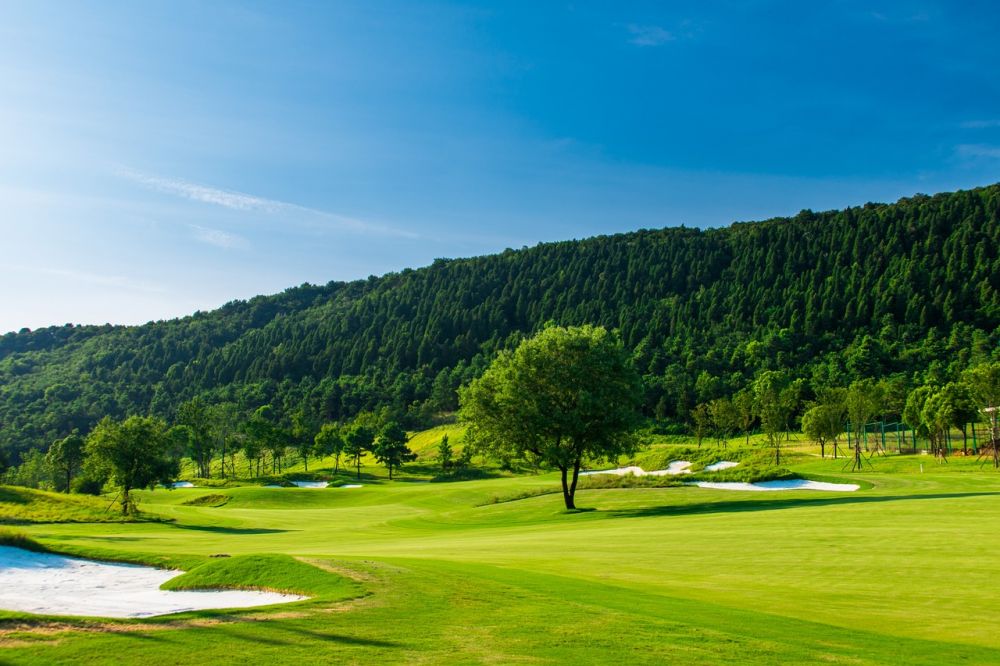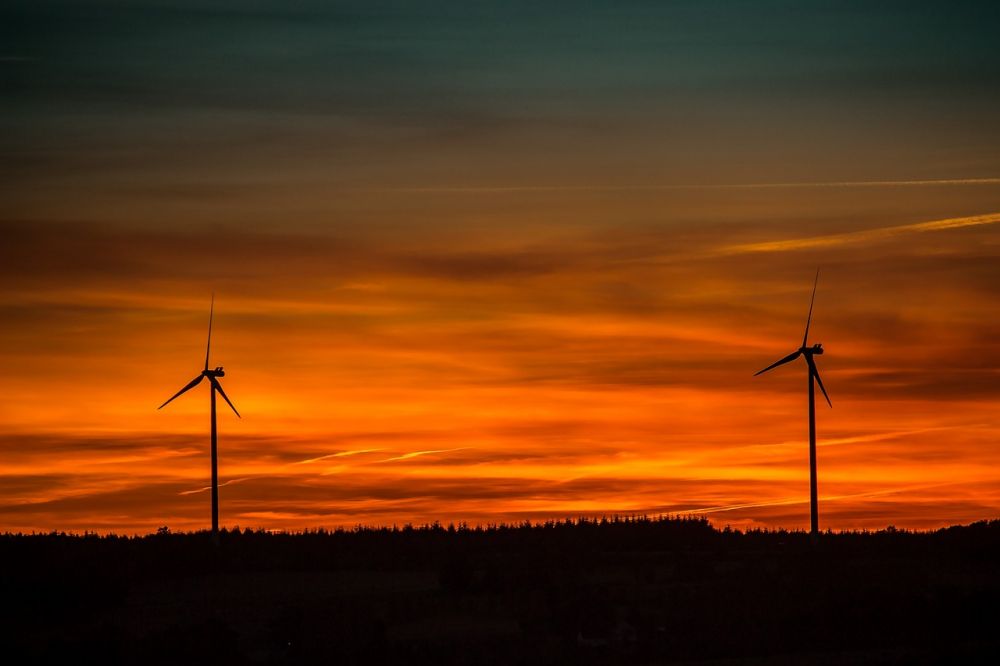Scotland Golf: A Comprehensive Guide to the Home of Golf

Introduction
Scotland is widely regarded as the birthplace of golf, with a rich history and a revered status in the world of the sport. Its breathtaking landscapes, challenging courses, and deep-rooted golfing traditions make it a dream destination for golf enthusiasts. In this article, we will take an in-depth look at Scotland golf, exploring its various types, popular courses, and the unique characteristics that set it apart.
A Comprehensive Presentation of Scotland Golf

Scotland golf encompasses a wide range of experiences, catering to players of different skill levels and preferences. The country boasts over 550 golf courses, both championship-level ones and hidden gems nestled in picturesque landscapes. Links courses, which are located along coastal areas, are particularly esteemed for their natural beauty and challenging conditions. Examples of famed links courses include St. Andrews, Carnoustie, and Royal Troon.
Inland courses provide a contrasting experience, often surrounded by lush greenery and rolling hills. Some of the notable inland courses include Gleneagles, Loch Lomond, and Muirfield. These courses offer diverse challenges, with strategic bunkers, undulating fairways, and well-manicured greens.
Quantitative Measurements of Scotland Golf
The significance of golf in Scotland can be measured by various metrics. The country hosts numerous professional tournaments, attracting top players from around the world. The Scottish Open and the Open Championship, one of golf’s four major championships, are prestigious events held annually. Additionally, Scotland’s long-standing golf tourism industry generates millions of pounds in revenue each year, indicating the popularity and economic impact of the sport.
Differences in Scotland Golf Experiences
What sets Scotland golf apart from other destinations is its unparalleled sense of tradition and history. The Old Course at St. Andrews, established in the 15th century, holds historical significance and is often referred to as the ”Home of Golf.” Its iconic features, such as the Swilcan Bridge and the Hell Bunker, have become symbols of the sport. The course’s unique layout, shaped by centuries of play, offers an experience unlike any other.
On the other hand, modern courses like Kingsbarns and Trump International Aberdeen provide a contemporary take on golf, with state-of-the-art facilities, luxurious amenities, and meticulously designed layouts. These courses cater to discerning golfers seeking a blend of tradition and modernity.
Historical Overview of Pros and Cons in Scotland Golf
Scotland golf has seen several advancements and challenges throughout its history. Early on, golfers faced natural hazards and rudimentary equipment, but these obstacles added to the charm and difficulty of the game. As golf gained popularity, more courses were established, leading to increased accessibility but also potential overcrowding and environmental concerns.
In recent years, initiatives have been undertaken to preserve the natural habitat and ensure sustainable practices in golf course management. These efforts aim to strike a balance between maintaining the authenticity of the sport and protecting the Scottish landscape for future generations of golfers to enjoy.
[INSERT VIDEO HERE – A captivating clip showcasing the beauty of Scotland golf courses and the thrill of playing.]
Conclusion
Scotland golf offers a rich tapestry of experiences, combining tradition, natural beauty, and world-class courses. Whether you are a professional player or a recreational enthusiast, Scotland’s diverse golfing landscape has something to offer. From the historic greens of St. Andrews to the modern marvels of Kingsbarns, each course provides a unique challenge and an opportunity to connect with the sport’s esteemed heritage. Embark on a golfing journey through Scotland, and indulge in an experience like no other.





